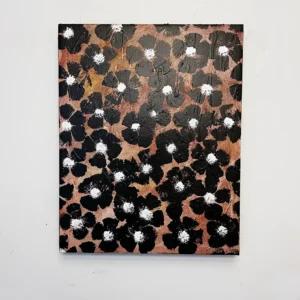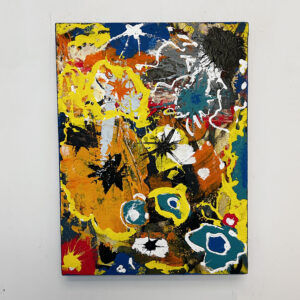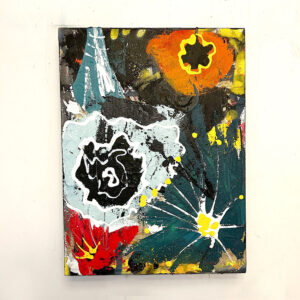Pittsburgh’s vibrant mural scene is a testament to the creativity and resilience of its artists, who transform walls into canvases, telling stories that echo the city’s rich history and contemporary spirit. Explore the world of Pittsburgh artists who paint murals, celebrating their unique contributions to the city’s cultural tapestry.
- The Rise of Muralism in Pittsburgh: Pittsburgh’s mural scene has experienced a renaissance in recent years, with artists using the city’s walls as a means of communication, celebration, and commentary. From the iconic murals in the Strip District to the colorful creations in Bloomfield, the streets of Pittsburgh have become an open-air gallery, inviting residents and visitors to engage with art in unexpected places.
- Community Collaboration: One of the defining features of Pittsburgh’s mural scene is the emphasis on community collaboration. Local artists often work hand-in-hand with neighborhood residents, community organizations, and businesses to create murals that reflect the unique character of each area. This collaborative approach not only enhances the visual appeal of the city but also fosters a sense of pride and ownership among its diverse communities.
- The East End’s Mural Mile: In the neighborhoods of East Liberty and Garfield, a project known as the “Mural Mile” has turned the streets into a vibrant tapestry of color. Local artists, such as Brian Holderman and Janel Young, have contributed their talents to this initiative, painting murals that celebrate the history, diversity, and resilience of these communities. The Mural Mile has become a must-see destination for art enthusiasts, offering a walking tour that showcases the power of public art to transform urban spaces.
- Social Justice and Activism: Many Pittsburgh muralists use their craft to address social justice issues and promote activism. Murals have become a powerful medium for conveying messages of equality, justice, and unity. Artists like Kyle Holbrook and Swoon have created impactful murals that serve as visual statements, sparking conversations about race, inclusivity, and the challenges facing marginalized communities.
- The Legacy of Maxo Vanka: While contemporary muralists are making their mark, Pittsburgh’s mural tradition has deep roots. The Croatian artist Maxo Vanka, whose mesmerizing murals adorn the walls of St. Nicholas Croatian Catholic Church in Millvale, left an indelible legacy in the city. Vanka’s murals, painted in the 1930s, depict powerful scenes of social justice, war, and the immigrant experience, offering a historical perspective on the role of murals as a form of public storytelling.


